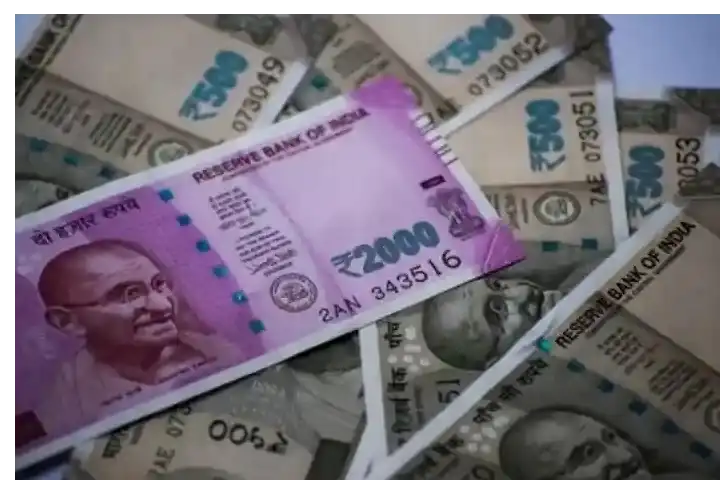India is looking at the rupee ruble payment system with Russia as a long term arrangement. An exercise that started off primarily to ease payments after Russia was barred from accessing the SWIFT international system as part of the stringent sanctions on Moscow, is no more a temporary project linked just to skirt the stringent measures. India is looking at a similar arrangement with Iran, which is also under US led sanctions.
“There are some issues with rupee trade but we are looking at this payment arrangements as a long term system and not just linked to the sanctions. We are looking at rupee trade with these countries as something more permanent,” a senior government official told India Narrative. “There are a few issues which need to be resolved and we will eventually do that,” the official said.
Besides Russia and Iran, sources said that Tajikistan has evinced interest in rupee trade too.
Incidentally, these countries are also members of the 7,200 km long multimodal International North South Transport Corridor (INSTC) connecting India and Russia. The corridor provides a huge opportunity to the Central Asian countries to boost their trade and other economic activities. Apart from the INSTC, the Chabahar Port, also another pillar of connectivity, is critical for these landlocked countries.
Central Asia has remained an area of interest for several countries including China, Russia, US, Pakistan among others.
India, currently looking at gathering more prominence on the global stage, has already upped its engagements with Central Asian countries, an exercise, many experts feel has been undertaken to counter Chinas’ growing influence.
“China looks at Central Asia as its backyard and it is important for India to keep this in mind..this essentially means that there will be multiple challenges. We need to be ready with a proper strategy, show support to the regime, intensify connectivity and set up local but strategic pads within the region,” Subhomoy Bhattacharjee, Senior Adjunct Fellow dealing with the energy sector at the New Delhi based think tank RIS (Research and Information System for Developing Countries) said.
In 2022, Prime Minister Narendra Modi hosted the first India-Central Asia Summit in which the Presidents of Kazakhstan, Kyrgyz Republic, Tajikistan, Turkmenistan and Uzbekistan participated.
“Considering the intense level of engagements that we see today, we need to look at expanding economic relations among the member countries of the INSTC and payment mechanism will be one critical area, especially when we take into account that Russia and Iran are under sanctions,” said the official.
Also read: India quietly counters China’s BRI with 7,200 km transport corridor




















